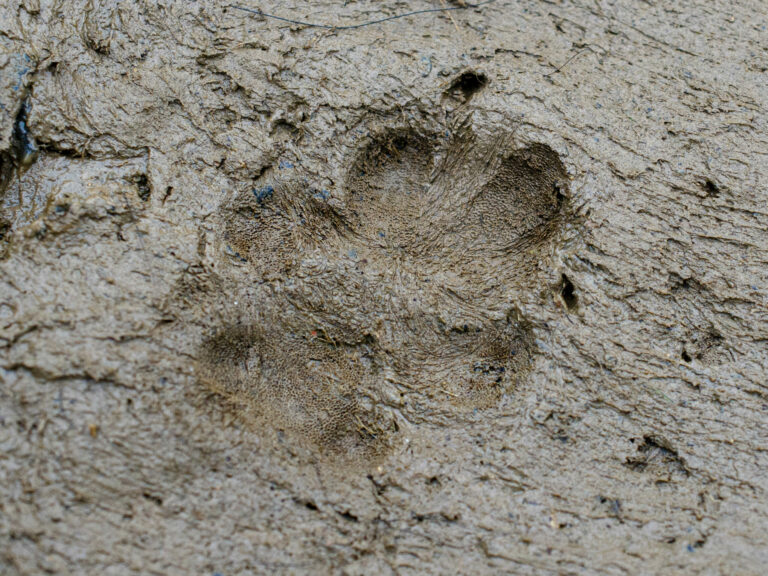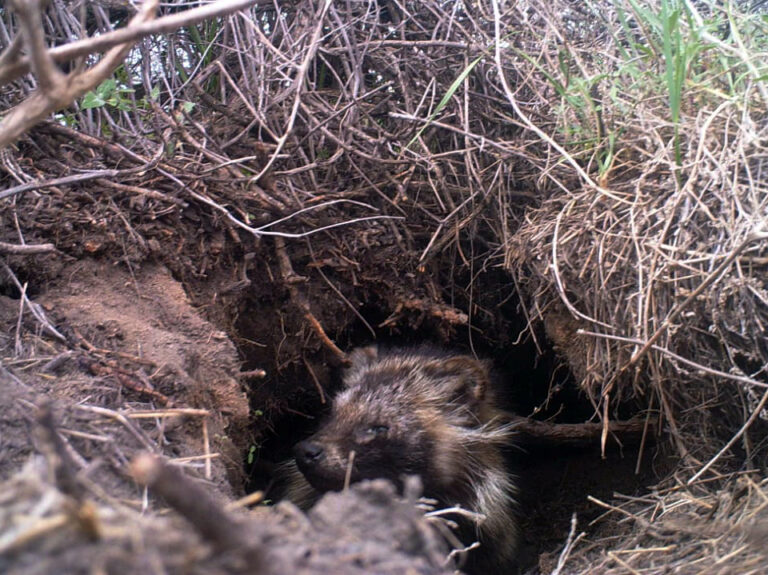Nyctereutes procyonoides
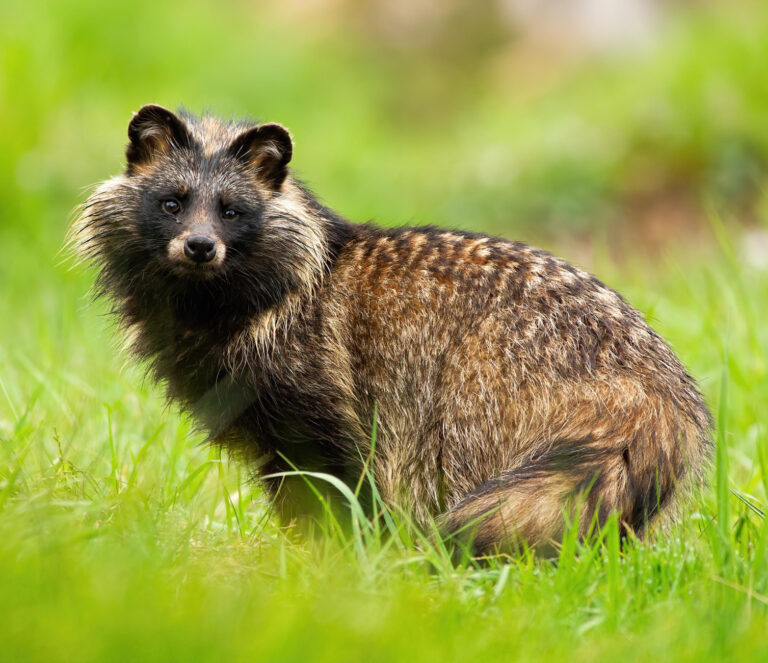
Threats to native species – distribution – parasitization – diseases
64 – 94 cm
2,9 – 12,5 kg
5 – 13 years
February/March
59 – 70 Days
4 – 9
Forests – agricultural land – scrubland
Animal burrows
Nocturnal, Twilight active
Hibernation in the burrow
Wolf – Lynx – Eagle Owl
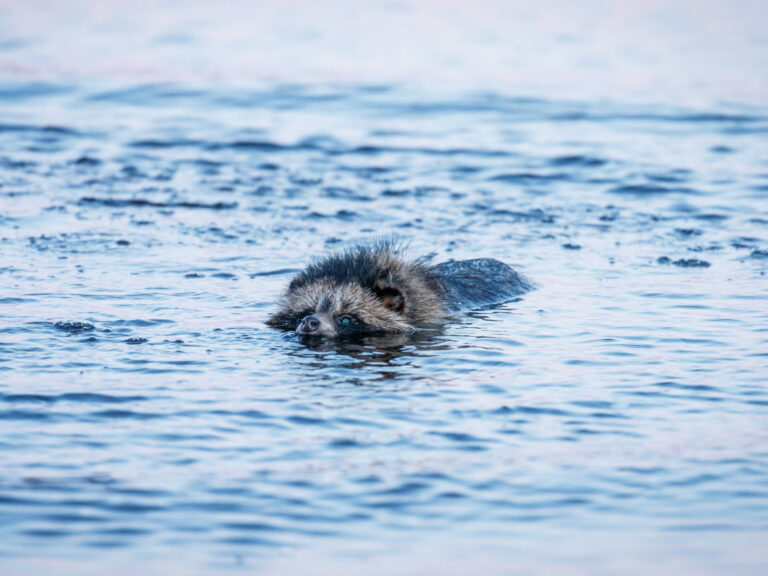
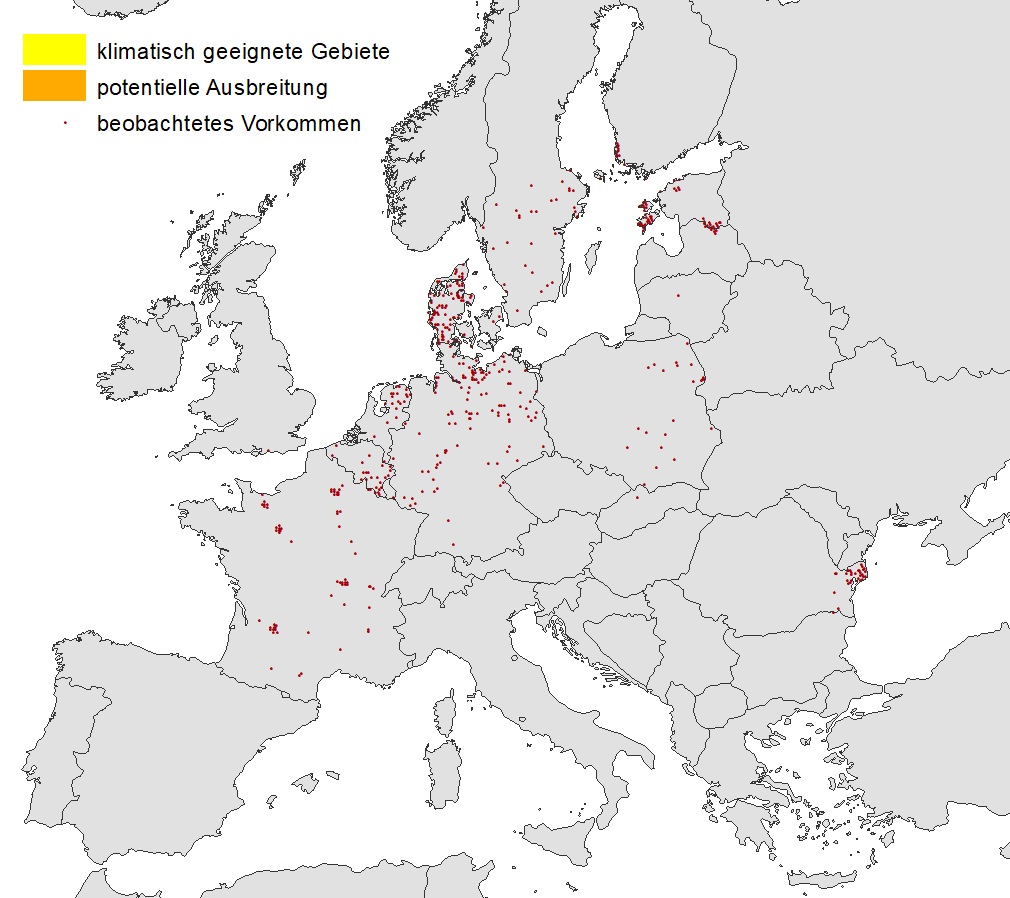
Spread
The raccoon dog (Enok, Tanuki) is originally native to East Asia (Japan, China, Korea) and was bred in the Soviet Union (later USSR) as a fur supplier since the late 1920s. Beginning around 1930, over 9000 animals were released. Since then the raccoon dog spread in northern Europe in western and eastern direction. In Germany, the raccoon dog first appeared in 1962 in the Emsland region and since then has spread mainly in the eastern and northern states. In the meantime, it has been recorded in almost all German states.
Raccoon dogs prefer wooded areas and share habitats with badgers and foxes, whose burrows they use and where they also hibernate. Unlike raccoons, they cannot climb, so are restricted to ground level habitats. Due to their forest-oriented way of life, they have not yet been encountered as cultural successors in European cities. Future dispersal will continue and extend to the south and north. In the meantime, raccoon dogs have also arrived on the British mainland, among other places. The climatic conditions in Europe and the omnivorous diet of the animals allow a further expansion of the habitat.
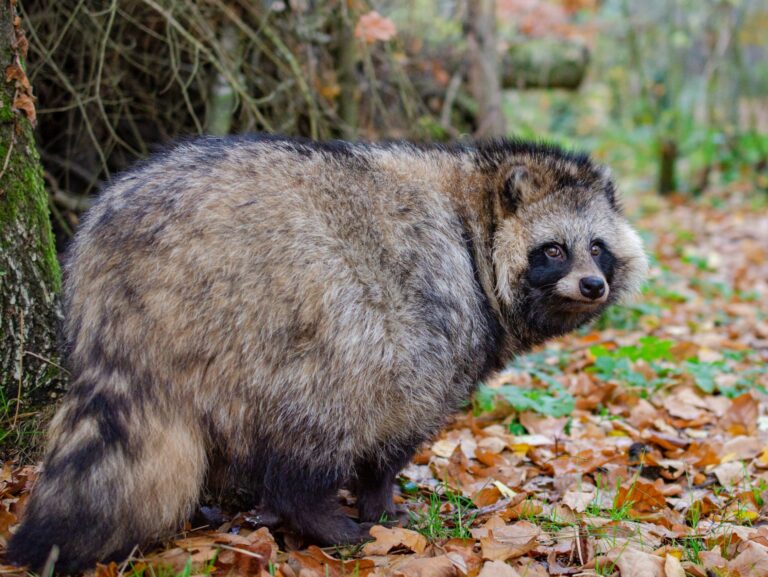
Partnership
Unlike other predators, such as the wolf, raccoon dogs do not live together in larger social groups. They live either as loners or in a permanent, monogamous pair bond, in which male and female share the den and the territory. Likewise, both partners share the rearing of the young.
Population size
Based on range data, the raccoon dog population in Germany can be estimated at over 300,000 animals, but exact numbers are difficult to determine. Again, the biggest driver of dispersal is the lack of natural enemies such as big cats or wolves.
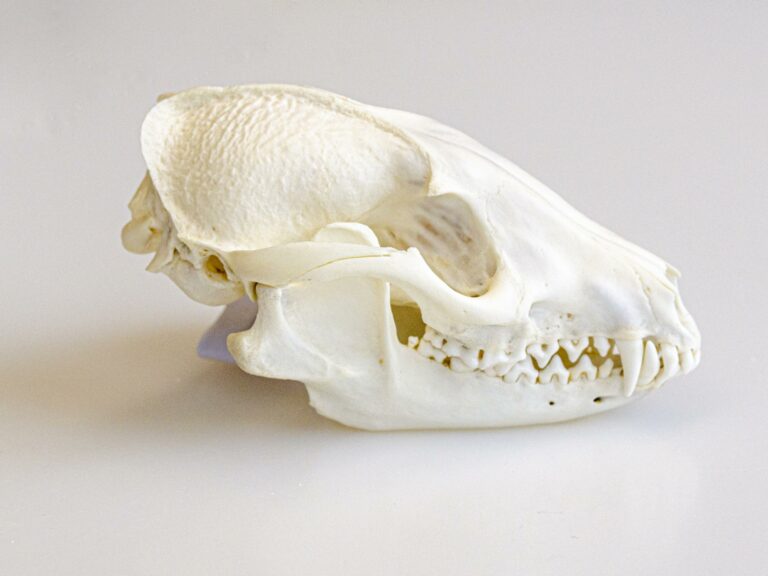
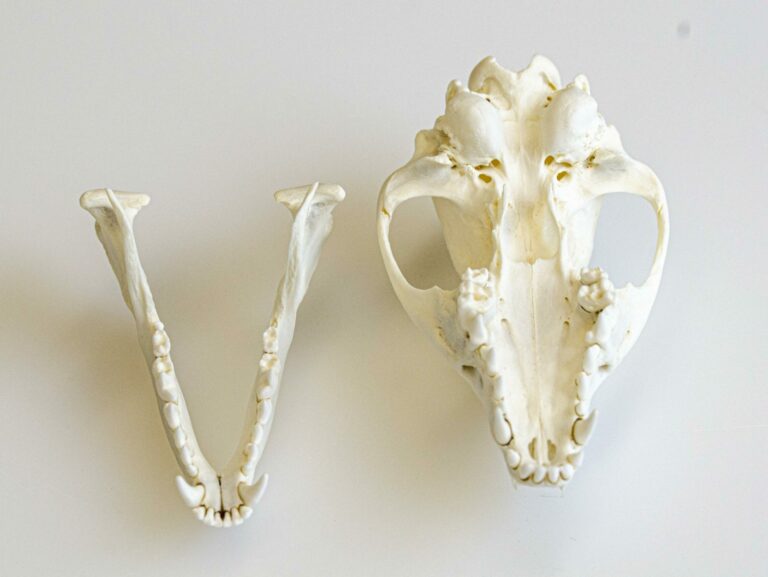
Generalist
The raccoon dog feeds omnivorously, i.e. on both plant and animal food components. The landscape and the season influence the food supply. The raccoon dog feeds on what is available. In summer, the food supply consists mainly of fruits, small mammals, amphibians, birds and invertebrates, while in winter the main food components are small mammals and carrion.
In late summer and autumn, the raccoon dog eats large fat reserves. These are important as it hibernates in areas with very cold winters. Old and abandoned badger and fox burrows are used as sleeping and hibernation sites. During hibernation, the raccoon dog is only very limited active and hardly goes in search of food.
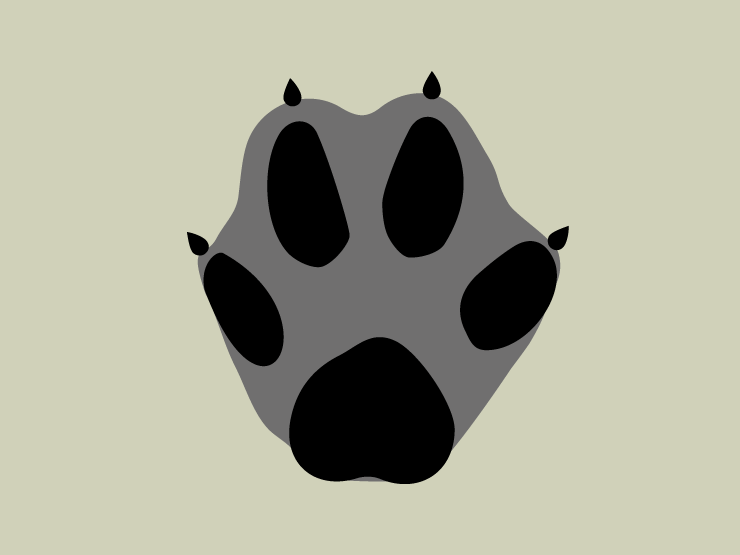
Behavior
If the raccoon dog is in a dangerous situation from which it cannot flee, it plays dead. It remains motionless and with open eyes. This behavior is called thanatosis or the stance of death reflex, and it serves primarily as protection against predators, who are particularly sensitive to movement in their prey. However, there are hardly any predators for adult raccoon dogs in Europe, only young animals are rarely hunted by foxes or eagle owls. Therefore, this peculiarity is probably due to the behavior in the original distribution area – there the raccoon dog must protect itself from predators such as tiger or brown bear.
